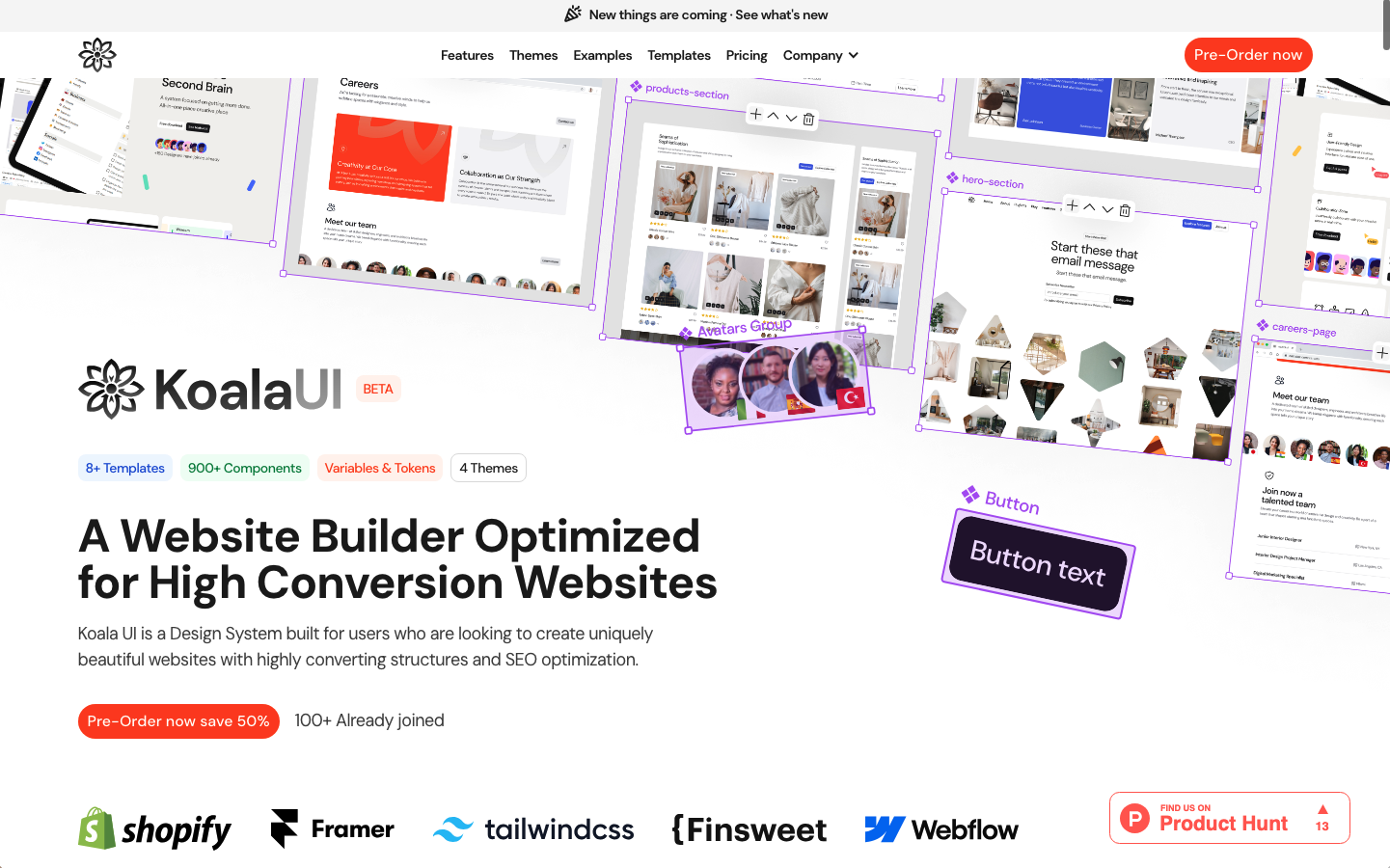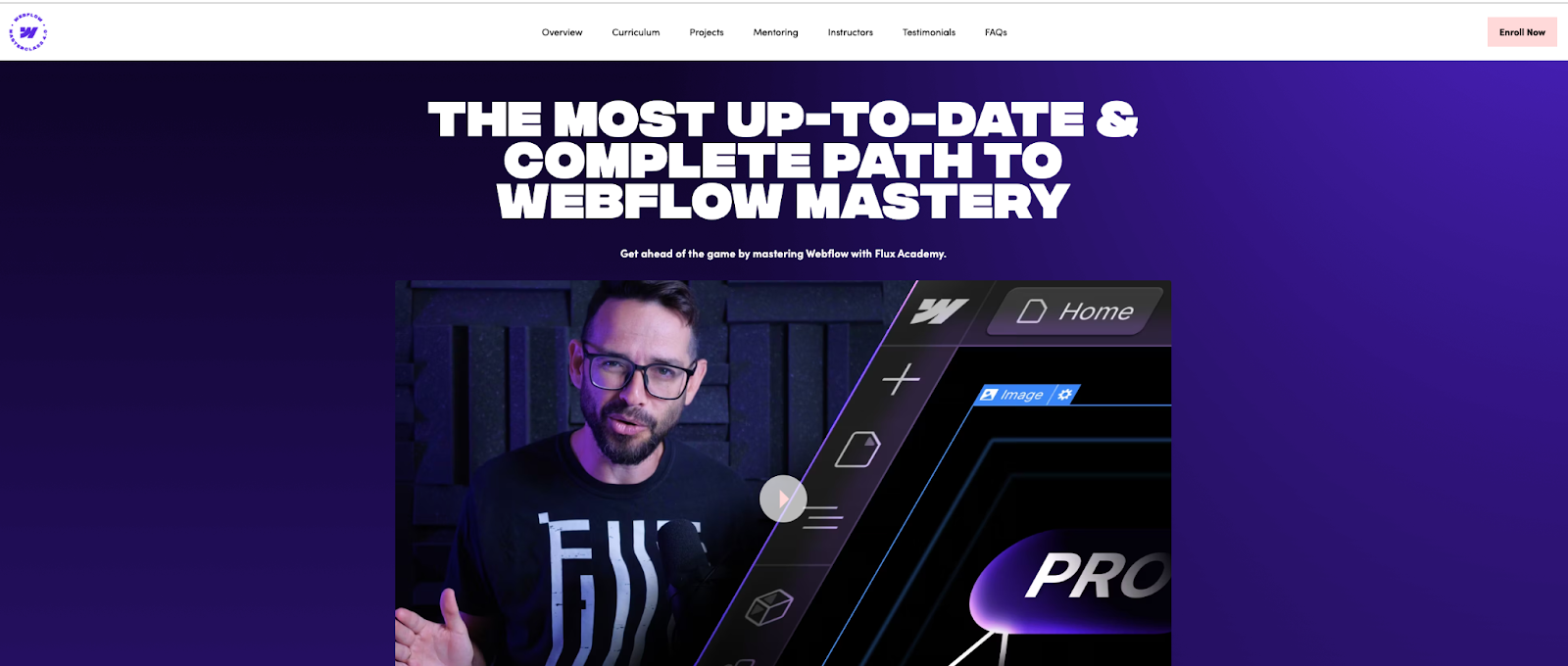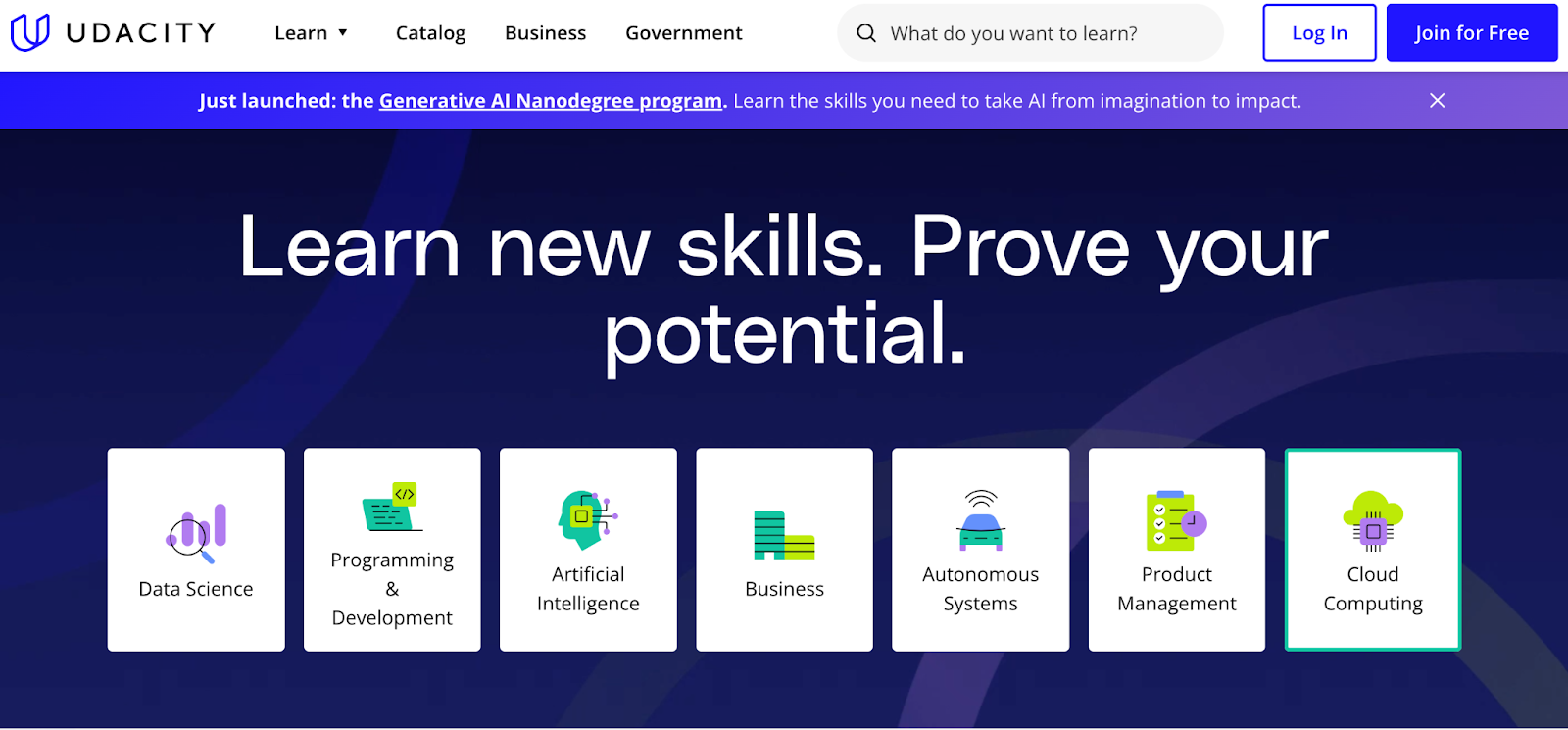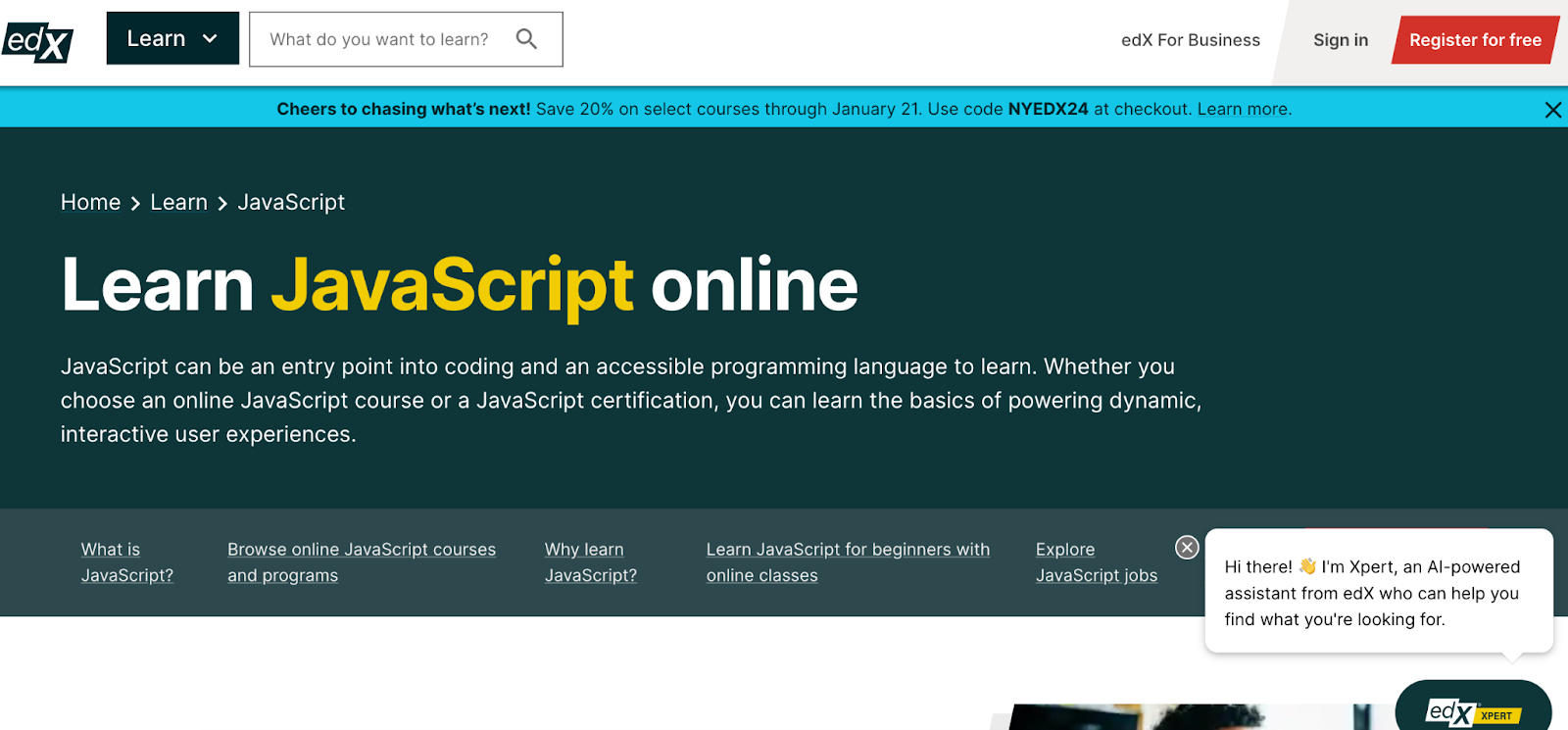Our view at Stack - Simplify web development with Webflow, reduce costs, and deliver professional results. No-code, responsive, and SEO-friendly. Explore your creative potential!

Transform your business data into a strategic asset with effective data integration tools.
To operate efficiently, businesses depend on extensive data, which spans from financial records to customer information. With this information scattered across different sources, platforms, and databases, however, navigating this fragmentation to extract meaningful insights is challenging.
Data integration tools link various data sources, creating a single view that simplifies business operations. This integration makes workflows more efficient, helps businesses scale, and provides valuable competitor insights.
What’s data integration?
Data integration is the intricate process of combining data from diverse sources to provide a comprehensive view of business operations. This process gives you the scalability, flexibility, and oversight to continuously adapt and derive actionable insights from expanding data volumes.
This process can be complex, as it requires extracting information from various sources, transforming it into a format accessible to end users like analysts and stakeholders, and then distributing it to relevant parties for analysis.
Data integration solutions simplify this process through an extract, transform, load (ETL) methodology. They pull data from its diverse origins, standardize it for consistency and accessibility, and deposit it into a centralized repository or data warehouse. This process ensures that all stakeholders access a single source of truth, minimizing discrepancies and reducing manual entry errors.
What to consider when choosing a data integration tool
Selecting the appropriate data integration tool is pivotal to effective data management, but every enterprise has unique demands, making your selection process a little tricky. Here’s what you should focus on.
1. Compatibility with your cloud strategy
Begin by evaluating the potential tool’s compatibility with your existing data sources, size, and quality. Choose a tool that supports your current infrastructure and aligns with your cloud strategy; ensure it has the scalability for future growth and bolsters security measures for your cloud operations. Consider these factors:
- On-premise — These tools integrate data from local sources and typically reside within a private cloud or local network. When your team lends toward an on-premise solution, you must factor in local maintenance and upgrade costs. Opt for these tools when you want to maintain tight control over data and security on-site and if you’re prepared to invest in the necessary infrastructure.
- Open-source — Open-source data integration tools offer total control over data processes; however, you’ll need the expertise to manage, customize, and troubleshoot these platforms. While they provide flexibility and can be cost-effective, they often demand an experienced, hands-on approach.
- Proprietary — These custom solutions support projects with unique data integration requirements, such as specialized ecommerce platforms, custom content management systems, or niche applications. Evaluate the tool’s customization depth, support quality, and longevity. These options are best when generic solutions fall short of your team’s specific needs.
- Cloud-based (iPaaS) — Also known as integration platform as a service (iPaaS), these tools consolidate data from various sources into a cloud-based data warehouse. They are cost-effective, scalable, and flexible, and are especially valuable for teams focusing on quick deployment and minimal infrastructure management.
- Multi-cloud — If your projects tap into data from multiple cloud providers, multi-cloud integration tools ensure consistent data flow, scalability, and redundancy. By leveraging multiple cloud platforms, these tools diversify resources and mitigate the risks of relying solely on a single cloud service, such as potential downtime, provider-specific limitations, or regional disruptions. This flexibility is invaluable for teams aiming for resilience and adaptability.
- Hybrid-cloud — Hybrid-cloud tools integrate data from both on-premise and cloud sources, catering to teams evolving their tech stack or organizations striving to balance on-site control and cloud agility. Before choosing this tool type, gauge your future data strategies, the robustness of its security measures, and the smoothness in toggling between on-premise and cloud setups.
2. Data type and management processes
Understanding and matching your data type to the appropriate management process is crucial to maximizing its utility and accessibility. Alignment with the right tools ensures accuracy and efficiency and unlocks valuable insights from datasets. Here are the distinct data types and their associated management considerations:
- Structured data — This data follows a predefined model. Picture the organized information you find in relational databases and spreadsheets, where you store everything in neat rows and columns. With structured data, you can query tasks more directly due to the information’s uniform nature. Practical management tools for this data type employ data modeling, mapping, and cleansing.
- Unstructured data — Unstructured data includes free-form data that doesn’t fit a specific format or model. Examples are in-text documents, social media content, images, and videos. Given this lack of structure, you need data integration tools capable of performing text extraction, sentiment analysis, and content categorization, enabling you to access and use the information effectively.
- Semi-structured data — Semi-structured data might have some organization but doesn’t strictly follow a set pattern, like JSON or XML. Managing this data type involves parsing, transformation, and scheme-mapping processes, offering more flexibility in storage and retrieval.
3. Ease of use, fit, and price point
Remember, your data integration tools should make your life easier, not more complicated, so focus on ease of use, maintenance, and compliance with data privacy regulations. When selecting a data integration tool, consider these aspects to ensure it adds value to your business operations:
First, an intuitive tool is essential. A user-friendly interface encourages widespread adoption and use by your team, making daily tasks more manageable and efficient.
Second, consider the maintenance required. Tools that offer seamless updates ensure longevity, aligning the software with the latest technological advancements and security protocols. If scalability is a priority, choose tools that accommodate growth. As your business expands, your data integration demands increase in tandem. The tool you invest in today should have the flexibility to accommodate your needs tomorrow, supporting larger data volumes and more complex integrations without compromising performance.
Third, compliance with data regulations is nonnegotiable. This adherence isn’t just about following laws — it’s about protecting your business from potential data breaches and their legal ramifications. A tool that guarantees data security and regulatory compliance safeguards your business’s integrity and customer trust.
And finally, evaluate the cost beyond the upfront price. Dive deep into the pricing model to grasp the total cost of ownership. This cost includes initial investment, ongoing maintenance and infrastructure costs, potential upgrade expenses, and associated training costs. Accurately forecasting the tool’s return on investment (ROI) helps you make informed decisions about its long-term value to the business.
Top 7 data integration tools and solutions for enterprises
Choosing the right enterprise data integration solution is crucial, given its impact and significance. We’ve listed seven of our favorites for you to explore, all aimed at supporting your data integration process.
1. Zapier
Zapier is an automation platform connecting over 1,000 business web applications and application programming interfaces (APIs), linking data across multiple sources and eliminating manual data transfers without any coding necessary. If you need to transfer data between apps for billing or other purposes, Zapier’s automated workflows — Zaps — automate this process, minimizing redundant data inputs.
For example, when you integrate Webflow with Zapier, you can set triggers on your website that activate specific actions in other applications via Zaps. If a user submits a form on your site, this can trigger a Zap that sends that data to an analytics tool such as Google Analytics, CRM, or email marketing platform. Implementing Webflow-Zapier integrations lets you seamlessly collect, analyze, and act on your website’s data, providing valuable insights to optimizing your platform and enhancing the user experience.
If you’re searching for another comprehensive automation platform, check out how Zapier compares to Make, another popular solution.
2. Informatica
Informatica provides an AI-driven cloud data management solution, emphasizing data quality to ensure robust and informed business decisions. The informatica data quality (IDQ) is a standout feature integrated into the platform. IDQ creates and executes processes to tackle various data quality issues — such as accuracy, completeness, conformity, and validity — to prevent duplicate and inaccurate entries. For example, you might use IDQ to scan a customer information dataset to identify and correct misspelled names, standardize address formats, or validate email addresses.
3. Boomi
Boomi integrates processes across different systems for streamlined workflows, including applications and databases. This platform automates data mapping, connector configuration, and regression testing while making it easy to detect and resolve errors. And this automation swiftly identifies and addresses issues within data transfer and integration processes, aiming to minimize downtime and accelerate decision-making.
For example, automatic connector configuration synchronizes databases across systems and applications, providing smooth interactions for end users. Automating regression testing, on the other hand, checks if previously developed features still function correctly after changes, ensuring that any website updates won’t compromise existing functionalities, maintaining user trust and satisfaction.
Boomi also offers preconfigured cloud solutions with intuitive drag-and-drop features, allowing you to quickly initiate integration tasks and access them anytime, anywhere. Its robust API management smoothly deploys and configures APIs across diverse software environments, potentially enhancing operational efficiency.
4. Jitterbit
Jitterbit is a low-code integration platform for connecting systems, automating workflows, and designing new applications. One of its premier features is the electronic data interchange (EDI) integration, a tool dedicated to managing and processing account and transaction data. By automating the exchange of information between various platforms — including software as a service (SaaS), on-premise, and even legacy systems — EDI aims to minimize manual data entry tasks and errors, helping to improve operational efficiency and data accuracy.
5. MuleSoft (by Salesforce)
MuleSoft is an integration platform for service-oriented architecture (SOA), SaaS, and APIs owned by Salesforce. It offers a unique blend of tools that cater to developers, allowing them to build efficient sites through a combination of clicks, code, and AI-driven natural language suggestions.
MuleSoft’s integration capability centers around its enterprise service bus (ESB) architecture, enabling applications to integrate and communicate without overly relying on other systems on the bus. This independence speeds up integration processes by promoting standardized communication and reusable components but also boosts scalability, significantly reducing time to market for new applications or services.
MuleSoft composer, an integrated tool within the platform, can also streamline app and data connection processes, automating diverse processes on the platform without any coding. MuleSoft’s feature-rich suite extends to robotic process automation (RPA) — from basic tasks like data entry and invoice processing to advanced operations like intelligent document parsing and multisystem integration. This automation aims to eliminate repetitive manual tasks, freeing up human resources for more strategic and value-driven endeavors, such as customer engagement strategies.
6. Talend
Talend offers a comprehensive data management solution, merging data integration, quality management, and governance within a single low-code platform compatible with nearly every data source and architecture. For example, you can integrate Talend with AWS, Microsoft Azure, Cloudera, and Snowflake to quickly prepare, extract, and migrate data. Its fully automated cloud data pipelines also speed up business intelligence insight extraction, helping you make informed decisions more quickly.
One of Talend’s main benefits is its adaptability in deployment options, offering several deployment options to suit different organizational needs. Its on-premises solution is tailored to businesses requiring strict data control due to residency or compliance mandates, while the cloud-based option suits organizations looking to scale operations while managing infrastructure investments. Multi-cloud deployment reduces reliance on a single-cloud provider, and their hybrid-cloud solution combines on-premises security with cloud scalability, offering a versatile approach for businesses needing both elements.
7. Oracle Data Integrator
Oracle Data Integrator (ODI) is a robust data integration tool, especially for users already invested in the Oracle ecosystem. Addressing high-volume, batch-load ETL processes and adapting to flexible big-data extractions, it effectively meets complex data needs.
Unlike many integration tools that rely heavily on an external ETL server, ODI leverages the power of the target database to accelerate data loading and transformation directly into data warehouses. By bypassing the need for an external server, you experience faster data transfer rates, reduced latency, and fewer potential points of failure. ODI’s design aims to optimize the speed and accuracy of data transfers directly into data warehouses, which could be beneficial for organizations requiring efficient data handling and transformation within Oracle’s database environment.
Scale your business efficiently with streamlined data processes
Effective data integration isn’t just about merging data — it’s a strategic tool for scaling your business. By harmonizing data from varied sources and formats, you streamline business processes and uncover actionable insights that refine your decision-making.
When you’re scaling digital assets like websites, consider Webflow Enterprise. Offering enterprise-grade global hosting, scalable CMS systems, and an intuitive visual environment to craft web experiences at scale, Webflow has everything you need to help your business grow.
If Webflow is of interest and you'd like more information, please do make contact or take a look in more detail here.
Credit: Original article published here.
























































